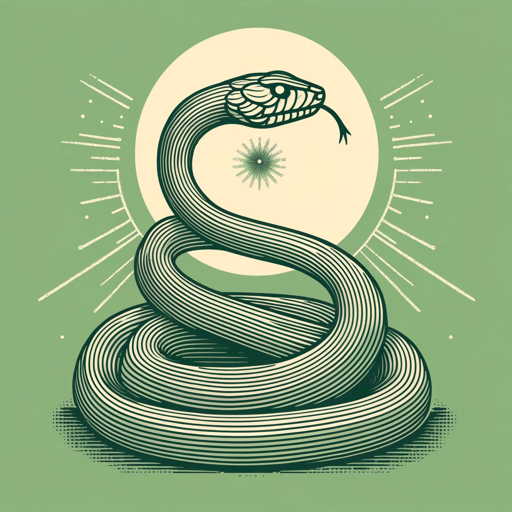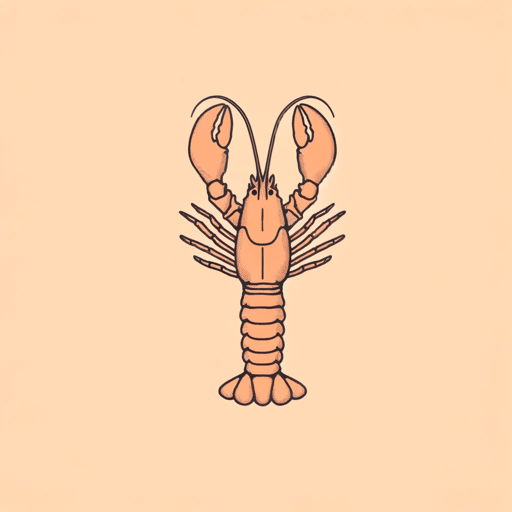57 pages • 1 hour read
Jordan B. PetersonMaps of Meaning
Nonfiction | Book | Adult | Published in 1999A modern alternative to SparkNotes and CliffsNotes, SuperSummary offers high-quality Study Guides with detailed chapter summaries and analysis of major themes, characters, and more.
Summary and Study Guide
Overview
Written by Canadian clinical psychologist Jordan B. Peterson, Maps of Meaning: The Architecture of Belief describes an extensive rational theory of how humans construct meaning and why it is essential to human existence. Drawing on many disciplines—including neuroscience, psychology, history, myth, and religion—Peterson shows that connecting myths and beliefs with science is essential to fully understanding how people make meaning.
Peterson bolsters his theories through elaborate diagrams and references to personal anecdotes, the experiences of his patients, and the writings of thinkers like Carl Jung, Sigmund Freud, and Aleksandr Solzhenitsyn. While Maps of Meaning is certainly an original and complex work, some have criticized it for its generalizations and dismissal of historical materialism as a basis for human behavior.
Although the book received little attention when first published in 1999, its unabridged audiobook edition, released in June 2018, shot to the 4th place in the monthly Audio Nonfiction category on The New York Times Best Seller list. According to Peterson, until 2018, people didn’t know how to respond to the genre-defying book.
This guide follows the Routledge (US) 1999 edition.
Summary
Maps of Meaning: The Architecture of Belief is a rational inquiry into why and how humans create meaning. Myths represent the creation of meaning as the hero’s journey, fraught with terror. Therefore, the book tries to understand the meaning-making process through analyzing myths as well as through a scientific understanding of how the human brain works.
The starting point for Peterson’s inquiry is an existential crisis: As a university student, he becomes disillusioned with both Christianity (the religion of his childhood) and socialism (his newfound faith). Neither seems to answer the question of why evil as immensely horrific as the Holocaust, the atomic bomb, and the nuclear race exists in the world. In the absence of a guiding structure for a meaningful goal, Peterson languishes into a paralyzing depression and vivid nightmares. Only when he decides to change his major from Political Science to Psychology and discovers the work of psychologist Carl Jung does Peterson begin to recover. Through Jung, Peterson turns to studying myths to answer two fundamental questions: Why does evil exist, and how can one fight it?
Before answering these questions, Peterson reviews the limitations of empirical methods of inquiry in understanding human behavior. Empirical methods can explain the world as a place for things but not as a forum for action, as both explicit and implicit forces drive human action. The implicit motivations of human behavior are clearest in myths, stories, literature, and drama.
Examining the world as a forum of action through studying myths, Peterson states that the three constituent elements of human experience are The Great Mother, The Great Father, and The Divine Son. These archetypes, borrowed from Jung, show that humans hover between a fear of the unknown (the Great Mother, who symbolizes creative and destructive nature) and the tyranny of the known (The Great Father, who symbolizes culture and tradition). To escape the terror of the unknown, humans adhere fervently to their known tradition and values. However, since change is a necessity for evolution, humans must periodically renegotiate and reorder tradition. Blind adherence to dying traditions is akin to spiritual death. The Divine Son or the revolutionary hero, on the other hand, acknowledges that he has outgrown current knowledge systems, grapples with the Great Mother for creative inspiration, and reorders the known world.
These archetypal behaviors are far from archaic; they continue to play out in everyday life. For instance, humans can respond to change either passively, in the prosaic mode (for example, look for a new job after losing one), or actively, in the revolutionary mode (acknowledge one is unhappy in a current job and courageously chart a new path). Humans resist change because facing the unknown is like facing death and chaos. Why does any change inspire such discomfort? Peterson examines how the working of the human brain to show that fear is a natural, instinctive response. Studying the brain further, he describes how the brain has evolved to store various kinds of information in different areas. The brain encodes this information in stories, as narratives are how the brain best interprets information. In addition, Peterson traces a parallel between the phylogenetic development of the human brain and the development of the revolutionary hero archetype. As the brain evolved, so did the facilities of language, reason, and abstraction, leading to an increased awareness of mortality. The hero symbolizes the self-aware and self-conscious human who braves the unknown while fully aware of the threat of death.
To evolve the revolutionary hero persona, the individual must undergo cultural apprenticeship. In this stage, the growing individual, analogous to the developing child, needs the tribe’s support to flourish. Additionally, the growing child learns through mimesis, or imitation. A cultural, religious, or tribal identity is therefore beneficial at this stage despite the contemporary denigration of traditional structures. Apprenticeship helps individuals develop a set of values or a vantage point from which they can approach the unknown world. Wise cultures knew this, and that is why most intelligent traditions include ritualized rites of passage and initiation. However, once the individuals are ready, they must develop an identity greater than that of their group. Subsuming individuality to a group identity is akin to staying pathologically trapped in childhood.
Next, Peterson examines why people cling to group identities and known structures even when those structures are derelict. Fear of the unknown drives people into old patterns. However, the unknown is an inescapable facet of human experience, manifesting periodically as an “anomaly.” Anomalies constitute “the strange” (or death and natural or manmade disaster), “the stranger” (or contact with a foreign culture), “the strange idea” (or a new, clashing belief system), and “the revolutionary hero,” (or the changemaker who reorders the known world). By emulating the path of a mythical hero, people can grow more open to change and develop the strength to handle unavoidable, catastrophic changes such as death. Marduk (in Sumerian mythology) and Christ (in Christian theology) are models of the divine hero.
In the last section, the book revisits the problem of global evil. Myths always accommodate the benign and terrible aspects of personalities, such as the benevolent and the terrifying Great Mother. Even the Divine Son (Christ) has a parallel in Lucifer or Satan. The duality shows that to be courageous and virtuous, one must always grapple with the threat of the evil within. In Christian lore, Satan tempts even Christ, though Christ successfully resists temptation. Satan matches Christ in intellect but lapses into evil because he assumes omniscience. A similar pattern appears in tyrants, who assume that their knowledge systems are complete and persecute dissenters or anyone who embraces the unknown. Peterson illustrates this through the atrocities of the Nazi regime under Adolf Hitler and Soviet Russia under Joseph Stalin. The only possible solution to fighting evil in the world is to fight it at an individual level and aspire to one’s highest self. Though this seems an idealistic and difficult ask, Peterson draws on the archetypes of medieval alchemy to show that all humans are capable of great transformation. By keeping an open mind, cultivating humility, fighting the evil within, and pursuing one’s individual interest no matter how inconvenient, all humans can be revolutionary heroes.
Related Titles
By Jordan B. Peterson


